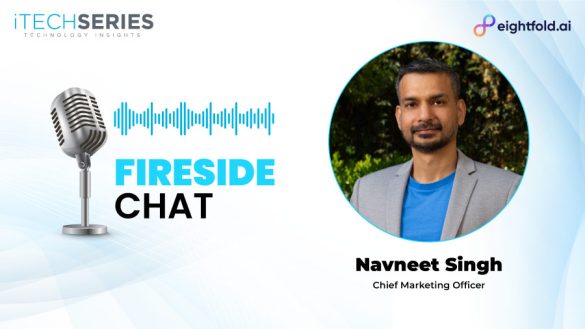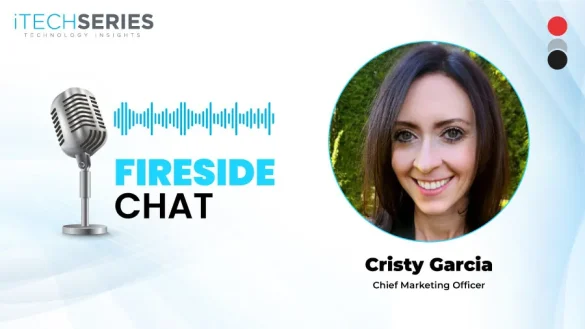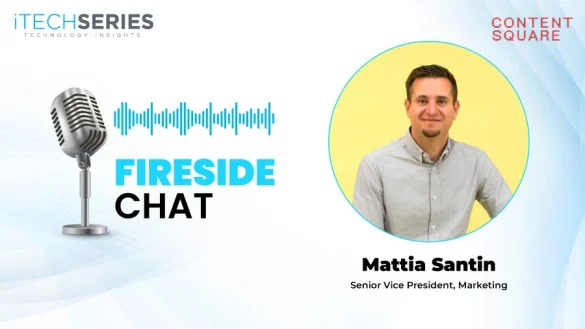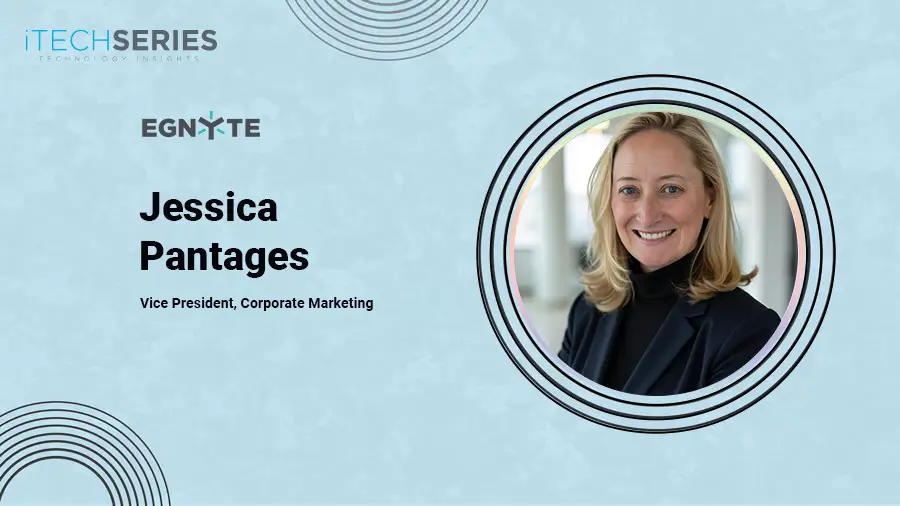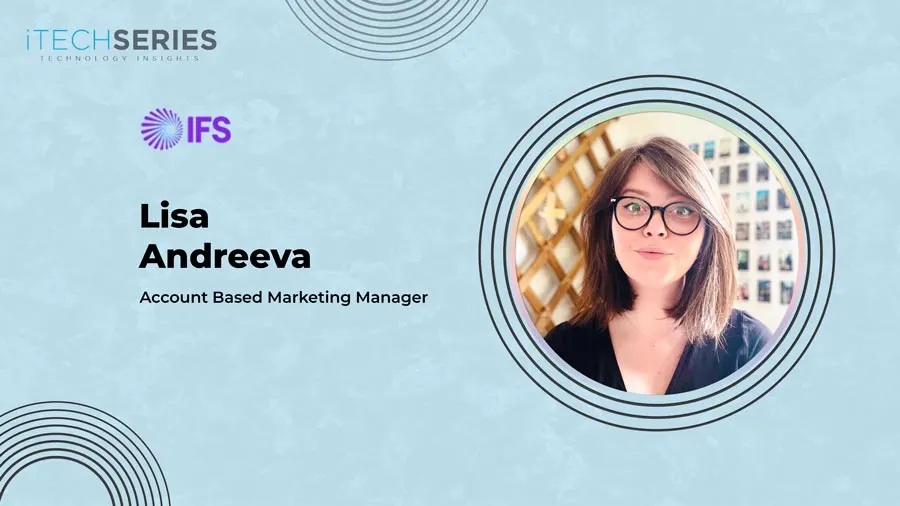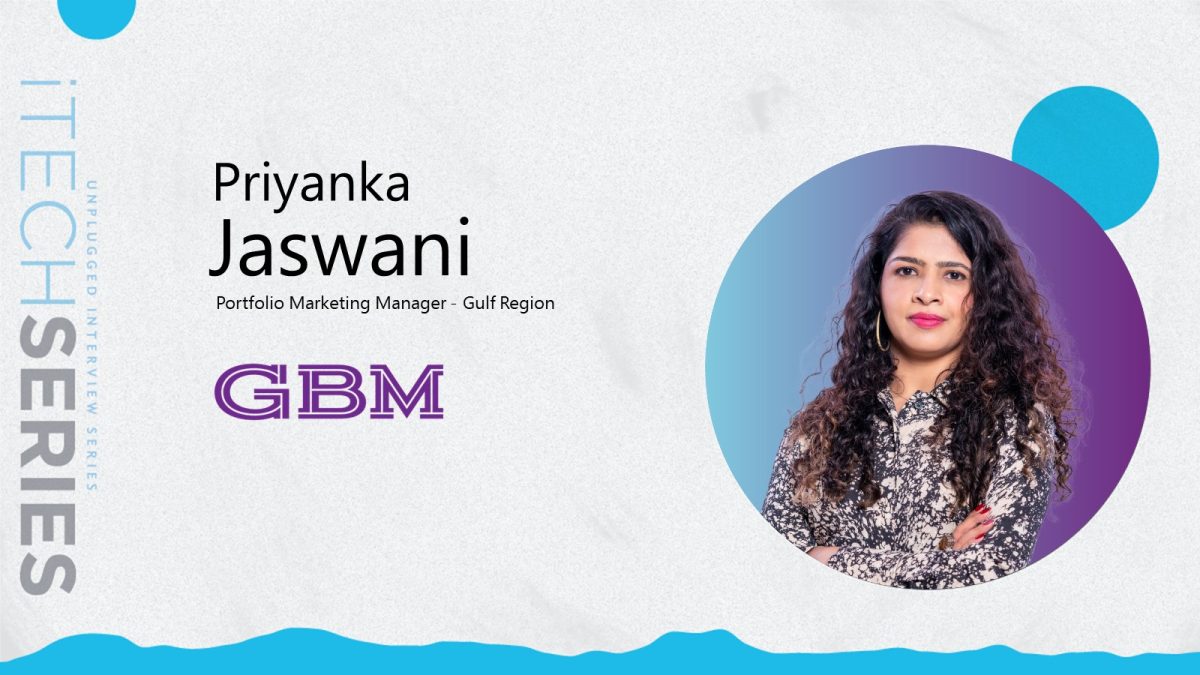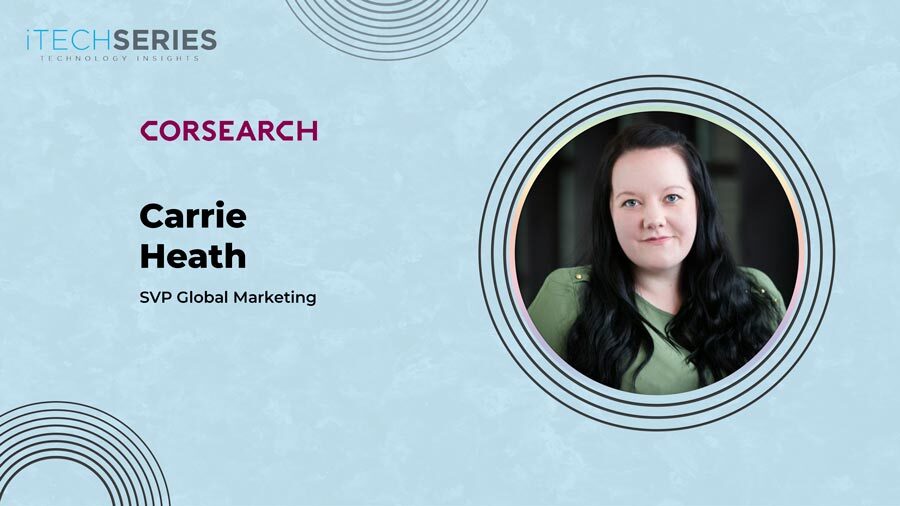Deepika Vani, Senior Manager of Field Marketing at Whatfix, shares insights on modern field marketing, AI-driven engagement, and revenue impact. She explores strategic event selection, campaign optimization, and GTM challenges in digital adoption. Discover how she drives customer engagement, pipeline growth, and brand success through data-driven marketing initiatives.
Deepika, it’s a pleasure to have you with us for this interview. Let’s dive right in—tell us about yourself and your journey in marketing
Hello everyone! My name is Deepika, and I lead the North America Field Marketing initiatives at Whatfix. With over seven years of experience in field and regional marketing, I currently serve as the senior manager of field marketing at Whatfix—a B2B SaaS digital adoption platform that helps businesses drive software adoption through in-app guidance and performance support.
Prior to joining Whatfix, I was with Freshworks, where I led regional marketing for the India & APAC region. In my current role, I spearhead field marketing campaigns and on-ground initiatives, with a strong focus on multichannel strategies that enhance brand awareness, establish thought leadership, and generate high-quality pipeline and revenue for North America. A significant part of my work involves partnering closely with our sales teams to understand their target audience, tailoring marketing programs that support their goals, and executing field initiatives that bridge the gap between sales and marketing.
My marketing journey began in sales enablement and product marketing, where I initially focused on developing content and refining product messaging for Freshdesk. Through that experience, I discovered my passion for field marketing and the strategic impact it can have on driving customer engagement. Though stepping into field marketing was initially challenging, I quickly embraced the fast-paced, hands-on nature of the role—and I’ve never looked back!
How has field marketing evolved within a modern integrated revenue organization?
Field marketing isn’t just about setting up booths at trade shows anymore—it’s become a strategic, data-driven engine that connects marketing, sales, and customer success to drive real business impact.
- Multi-Touch Engagement: A prospect’s journey isn’t limited to an event day. Imagine hosting a high-energy trade show booth, then following up with a personalized ABM campaign and a virtual thought leadership session. By engaging across multiple touchpoints, field marketing creates a seamless buyer experience.
- Data-Driven & Revenue-Focused: No more “spray and pray” event marketing. We now measure success based on pipeline impact, deal acceleration, and engagement data—like tracking which prospects visited our booth, attended a session, and later engaged in a sales call.
- Hyper-Personalization & ABM: Instead of generic invites, we craft exclusive executive roundtables or VIP networking events tailored to high-value accounts. For instance, hosting a private customer appreciation event at Wrigley Field helped us deepen relationships beyond traditional sales conversations.
- Sales & Customer Success Alignment: Field marketing is no longer a solo act—it’s a strategic partner to sales and customer success. Whether it’s providing real-time lead insights at events or supporting upsell conversations with targeted campaigns, field marketers help move deals forward.
- Hybrid & Digital-First Approach: The rise of webinars, digital roadshows, and on-demand content means engagement doesn’t stop when an event ends. Post-event follow-ups, AI-driven recommendations, and interactive content keep prospects engaged long after they leave the booth.
“Field marketing today is about accelerating deals, strengthening customer relationships, and driving real revenue impact—one meaningful interaction at a time.”
Could you tell us about your most challenging yet rewarding marketing campaign experience?
One of the most challenging yet rewarding marketing campaigns I’ve worked on was the first-ever Digital Adoption Summit in 2020. At a time when the world had come to a standstill due to the pandemic, and in-person events were no longer an option, we embarked on the ambitious journey of creating our largest-ever virtual campaign—The Digital Adoption Summit.
Faced with the challenge of transitioning from physical to virtual events, we successfully executed a comprehensive digital event featuring 41 speakers across 36 sessions, focused on digital adoption. Through a robust content strategy and aggressive multichannel marketing, we attracted over 3,500 registrations and 1,172 live attendees from 142 countries, generating significant engagement with over 10,000 video plays and 400+ hours of watch time. The event delivered substantial impact, enhancing brand awareness, generating 150 Sales Accepted Leads (SALs), driving a $4M pipeline with $1M in closed deals, and securing 2,590 new prospects along with increased inbound demo and trial requests.
As a field marketer, how do you evaluate which events, executive summits, and tradeshows to participate in?
Selecting the right events, executive summits, and trade shows is key to maximizing brand awareness, pipeline growth, and revenue impact. Here’s my approach:
- Align with Business Goals: Prioritize events that drive pipeline acceleration, thought leadership, and customer expansion.
- Target the Right Audience: Focus on events with decision-makers, Fortune 500 representation, and ABM-aligned target accounts.
- Leverage Data & Past Performance: Analyze conversion rates, pipeline influence, and attendee engagement to assess ROI.
- Track Competitive & Industry Trends: Stay visible where competitors and industry leaders are speaking while differentiating strategically.
- Prioritize Engagement Over Presence: Choose events with speaking slots, executive networking, and hybrid components for extended reach.
- Maximize ROI with Smart Budgeting: Invest in high-impact events over low-yield conferences, ensuring strategic alignment with sales and customer success teams.
How do you assess the success of field marketing efforts, and what data-driven adjustments do you make to optimize performance?
Field marketing success is measured by pipeline influence, revenue contribution, and engagement. To maximize impact, I focus on key metrics, data-driven insights, and continuous optimization.
Key Success Metrics
- Pipeline & Revenue: Marketing-sourced and influenced pipeline, closed-won deals.
- Event Performance: Attendance vs. registrations, engagement (booth visits, demos, networking).
- Sales & Customer Impact: Sales feedback, lead quality, customer retention & expansion.
Data-Driven Optimization
- Events & Trade Shows: Prioritizing high-impact events, refining booth strategy, and testing new engagement formats.
- ABM & Targeted Campaigns: Using intent data, A/B testing messaging, and hyper-personalization.
- Digital & Hybrid Engagement: Post-event nurture, analyzing content engagement, and retargeting.
Continuous Improvement
- Running quarterly reviews to refine strategies.
- Aligning closely with sales and demand generation for revenue synergy.
What are some of the go-to-market challenges and opportunities in the digital adoption and analytics space?
The digital adoption and analytics space is rapidly evolving, and at Whatfix, we’ve experienced both challenges and opportunities while helping enterprises maximize their digital investments.
Go-To-Market Challenges:
- Market Awareness & Education: Many organizations still rely on traditional training methods. We educate the market on the essential role of Digital Adoption Platforms (DAPs) in driving software adoption and productivity.
- Differentiation in a Competitive Market: With competitors like WalkMe and Pendo, Whatfix stands out through AI-powered automation, cross-application analytics, and no-code solutions with deep enterprise integrations.
- Change Management & Stakeholder Buy-In: Digital adoption impacts multiple teams across an organization. We align stakeholders by showcasing clear ROI, such as reducing IT support tickets and increasing productivity.
Go-To-Market Opportunities:
- AI-Driven Digital Adoption & Intelligent Automation: As enterprises invest in AI tools, Whatfix helps maximize their use with AI-driven guidance and process automation.
- Expansion Beyond Employee Training: Whatfix now drives adoption across customer onboarding, partner enablement, and digital transformation, opening up new markets.
- Strengthening Partnerships & Ecosystem Integrations: Expanding partnerships with platforms like Salesforce, Workday, and SAP accelerates global adoption.
- Hybrid Work & Self-Service Enablement: With hybrid work growing, Whatfix supports self-service learning and reduces reliance on IT support by providing in-the-moment guidance.
How do you leverage AI-enabled tools for your field marketing initiatives?
AI has become a game-changer in field marketing, transforming the way we plan, execute, and measure our campaigns. At Whatfix, we use AI-powered tools to enhance targeting, optimize engagement, and drive better decision-making for our field marketing initiatives.
- AI for Account & Lead Intelligence: One of the key ways we leverage AI is in account selection and lead intelligence. AI-driven platforms like 6sense and ZoomInfo help us identify high-intent accounts based on digital behavior, firmographics, and predictive analytics.
- Personalization at Scale: AI allows us to create hyper-personalized experiences at events and trade shows. Using AI-driven CRM insights, we tailor messaging, event invitations, and content recommendations based on a prospect’s industry, job role, and past engagement.
- Optimizing Event Engagement with AI: We also use AI-driven chatbots and virtual assistants to improve event engagement. AI chatbots help qualify attendees before an event by answering FAQs, scheduling meetings, and even providing personalized recommendations for sessions and demos.
- AI-Powered Content & Campaign Optimization: AI enables us to optimize our email marketing and ad campaigns by analyzing performance data in real time. Tools like ChatGPT and Jasper help create high-converting event invitations and follow-up emails, while AI-powered A/B testing tools refine our messaging to drive higher engagement.
- Predictive Analytics for Event ROI Measurement: Post-event, AI-powered analytics tools help us measure impact by analyzing attendee engagement, lead quality, and pipeline acceleration. AI insights allow us to determine which events deliver the highest ROI and where to double down on future investments.
As a leader, how do you ensure your team members are consistently motivated and aligned to deliver on marketing goals?
I focus on clarity, empowerment, and recognition to keep my team motivated and aligned with our marketing goals.
- Clear Goals & Impact: Ensuring everyone understands why their work matters and how it drives business success.
- Ownership & Innovation: Encouraging autonomy, creativity, and experimentation to keep engagement high.
- Recognition & Growth: Celebrating wins and fostering continuous learning through training and industry exposure.
- Cross-Team Collaboration: Strengthening alignment with sales, product, and customer success for shared impact.
- Open Communication & Agility: Maintaining a culture of transparency, feedback, and adaptability.
What’s your advice to fellow marketers on learning from both successes and setbacks?
Marketing is all about experimentation, learning, and continuous improvement. My biggest advice? Embrace both wins and failures as opportunities to grow.
- From Successes: Analyze what worked, optimize and scale successful strategies, and refine them for even greater impact. Sustainable success comes from continuous innovation.
- From Setbacks: Treat failures as data-driven lessons. Identify gaps, adjust your approach, and iterate quickly—every misstep is a chance to improve.
- Stay Agile & Curious: The best marketers test, learn, optimize, and scale. What worked yesterday may not work tomorrow—stay adaptable, data-driven, and open to change.

Whatfix is a GenAI-powered digital adoption platform that helps enterprises maximize the ROI of digital investments by enhancing user productivity, process compliance, and experience across applications. Its solutions include in-app guidance, hands-on training environments, and no-code analytics. With seven global offices, Whatfix serves 700+ enterprises, including 80+ Fortune 500 companies. Backed by top investors, Whatfix transforms software adoption for businesses worldwide.
Deepika is a results-driven Field Marketing professional with 8+ years of experience in regional marketing, demand generation, ABM, and sales enablement within the B2B SaaS industry. As the North America Field Marketing Lead at Whatfix, she drives multi-million-dollar marketing strategies, high-impact campaigns, and thought leadership programs. With expertise across North America, EMEA, and APAC, Deepika specializes in data-driven decision-making, strategic execution, and innovative regional marketing approaches to accelerate pipeline growth.


